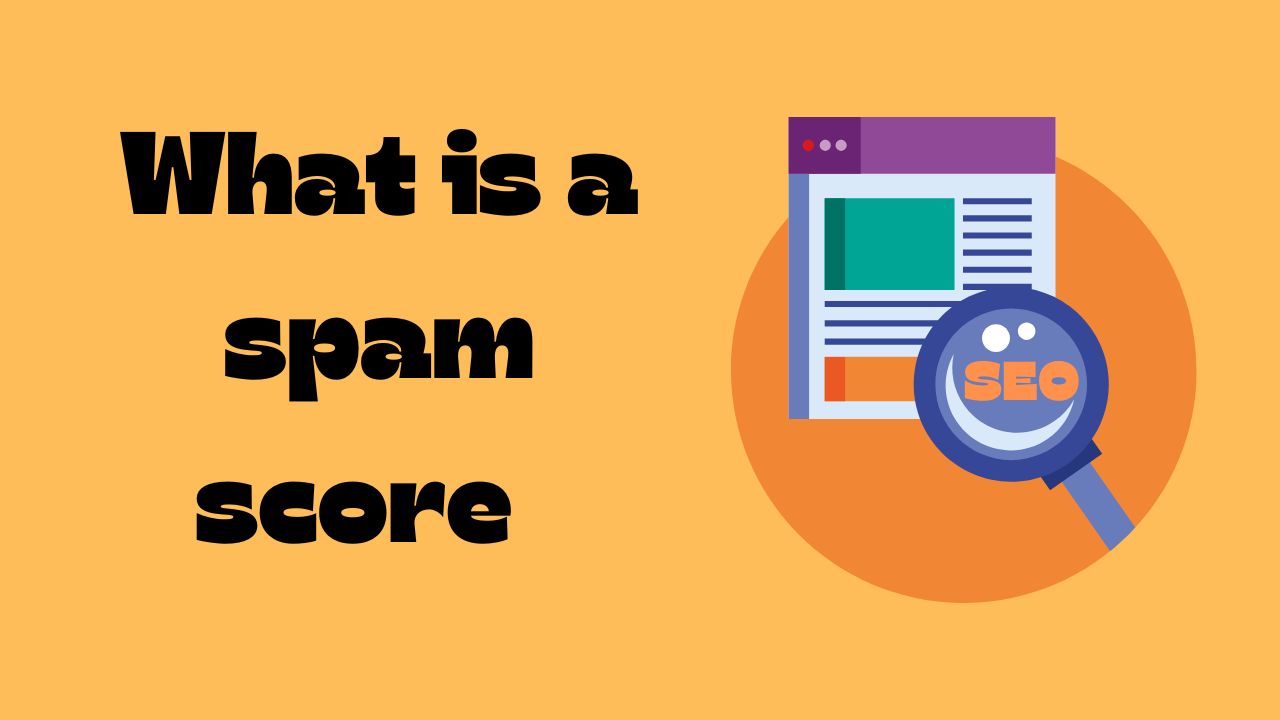In the realm of SEO and digital marketing, understanding the health and reputation of your website is crucial. One important metric that helps in this evaluation is the Spam Score. This metric can influence how your website is perceived by search engines and, ultimately, your audience. In this article, we’ll dive into Spam Score, why it matters, and how to check it.
What is a Spam Score?
The Spam Score, developed by Moz, is a metric that measures the likelihood of a website being penalized by search engines. It is based on a variety of factors that are commonly observed in websites that are flagged as spam. The score ranges from 0% to 100%, with a higher percentage indicating a higher risk of being considered spammy.
Moz’s Spam checker is calculated using a set of 27 signals that determine whether a site resembles those that have been banned or penalized by search engines. These signals include factors such as:
- Low Domain Authority: Sites with a low domain authority score are often viewed as less credible.
- Spammy TLD: Top-level domains (TLDs) like .info or .biz tend to be used by spam sites more frequently.
- Large Number of External Links: Sites with excessive external links might be flagged as spammy.
- Thin Content: Pages with minimal or low-quality content can affect your score negatively.
High Ratio of Followed to Nofollowed Links: An unusual balance between followed and no-followed links can raise red flags.
Why is Spam Score Important?
A high score can significantly impact your website’s SEO and reputation. Here’s why it matters:
- Search Engine Rankings: A high score may lead to a decrease in search engine rankings, making it harder for users to find your site.
- User Trust: Users are more likely to trust websites that have a lower score. A high score can deter potential visitors.
3. Penalties: Websites with high scores are at risk of being penalized or even de-indexed by search engines.
How to Check Your Spam Score?
Checking your Score is relatively straightforward. Here are some of the best methods:
1. Moz’s Spam Score Checker
Moz offers a comprehensive tool to check the score of your website. Here’s how you can use it:
- Sign up for a Moz account: You can start by creating an account on Moz if you don’t already have one.
- Access Link Explorer: Go to Moz’s Link Explorer tool.
- Enter Your URL: Type in the URL of the website you want to check and hit “Analyze”.
- View Spam Score: The tool will display various metrics, including the score, and highlight any potential issues.
2. Other SEO Tools
Apart from Moz, other SEO tools can help you check your spam score and overall website health:
- Ahrefs: Known for its comprehensive backlink analysis, Ahrefs can also provide insights into your website’s spam indicators.
- SEMrush: Another popular SEO tool that offers a detailed spam analysis as part of its broader suite of services.
- Google Search Console: While it doesn’t provide a specific score, Google Search Console can alert you to potential spam-related issues on your site.
Tips for Reducing Spam Score
If you discover that your website has a higher-than-desirable score, here are some steps to reduce it:
- Improve Content Quality: Ensure that your website’s content is original, high-quality, and provides value to your audience.
- Monitor Backlinks: Regularly check for any spammy or low-quality backlinks and disavow them if necessary.
- Use High-Quality Domains: Avoid using TLDs that are commonly associated with spam sites.
- Optimize Internal Links: Maintain a healthy balance between internal and external links.
5. Keep Your Site Clean: Regularly audit your site for any issues, remove low-quality pages, and update your content as needed.
Conclusion
Understanding and managing your Spam Score is essential for maintaining a healthy and reputable website. By regularly checking your score and taking proactive steps to reduce it, you can help ensure that your site remains in good standing with users and search engines alike. Use the tools and tips provided above to keep your Score in check and maintain a strong online presence.
Frequently asked questions:
1. What is a Spam Score?
The Score is a metric that predicts the likelihood of a website or email being considered spam by search engines or email providers.
2. How is the Spam Score calculated?
The Score is calculated based on various factors such as low domain authority, spammy TLDs, a large number of external links, thin content, and a high ratio of followed-to-no-followed links.
3. Why is Spam Score important?
A high score can negatively impact your website’s SEO and online reputation, potentially leading to penalties or lower search engine rankings.
4. What is considered a good Spam Score?
A good score typically ranges from 0% to 30%, indicating a low likelihood of being considered spam2.
5. How can I check my website’s Spam Score?
You can check your Score using tools like Moz’s Spam Score Checker, Ahrefs, SEMrush, or Google Search Console.






Thank you for this post, this post is very informative for me, I understand all the things that I need.
Today, I went to the beach with my children. I found a sea shell and gave it to my 4 year old daughter and said
“You can hear the ocean if you put this to your ear.” She placed the shell
to heer ear and screamed. There was a hermit crab inside and it pinched her ear.
She never wants to go back! LoL I know this is completely off
topic but I had to tell someone!